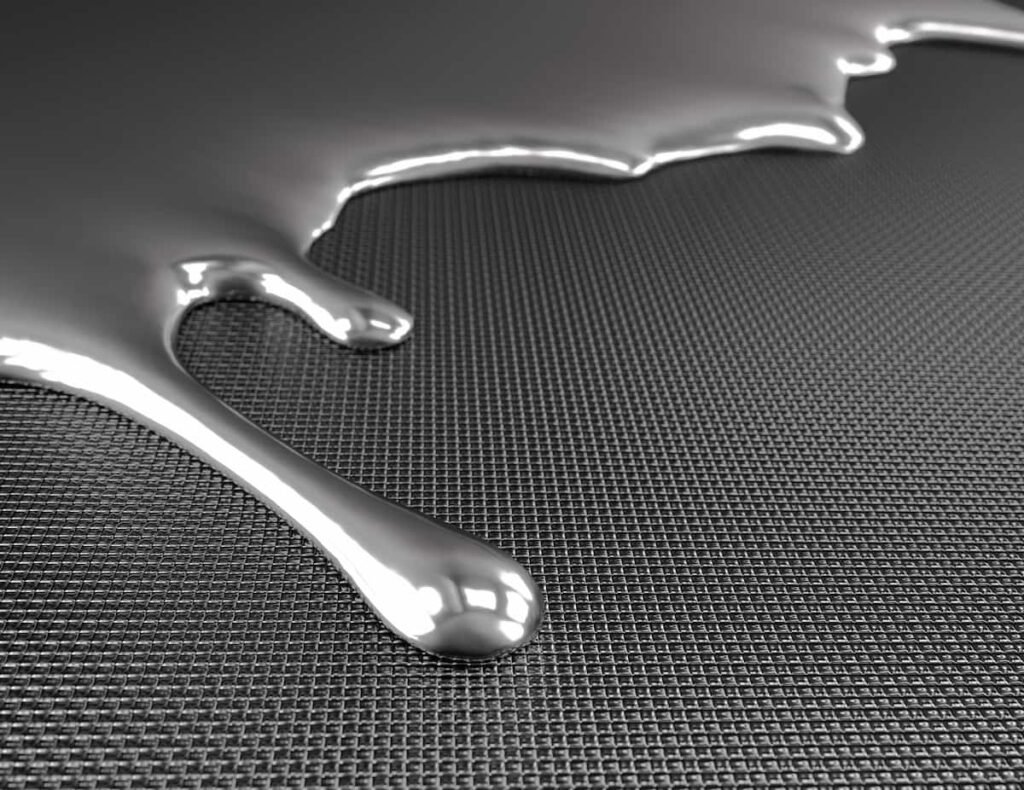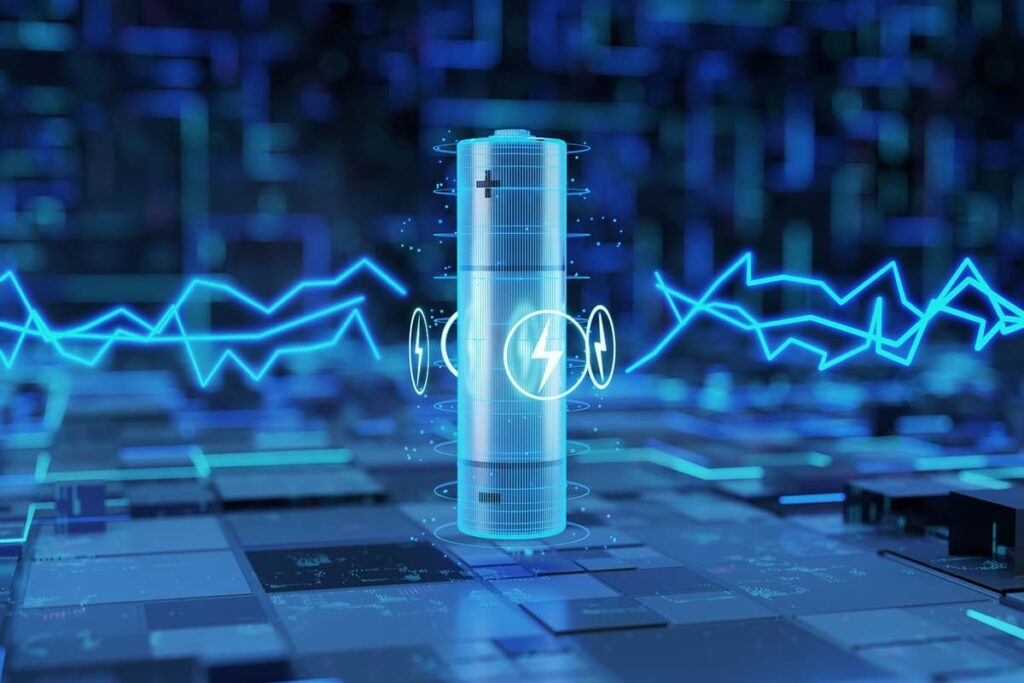Ambri’s Liquid Metal Batteries
Table of contents
Table of contents

In an earlier article, we highlighted Aquion Energy and their saltwater battery technology. With wind and solar becoming more widely adopted, the need exists for economical energy storage solutions, in other words industrial size batteries that are scalable, cheap to produce, and can provide steady power output with variable input. 3 years ago at the inaugural Techonomy conference, Bill Gates acknowledged this problem by stating:
“Batteries, in particular, have proven to be a thorny challenge. They haven’t improved hardly at all. There are deep physical limits. I am funding five battery start-ups and there are probably 50 out there. But that is a very tough problem. It may not be solvable in any sort of economic way.”
One of the five battery startups Bill Gates is backing is Ambri.
About Ambri
Spun out of the Massachusetts Institute of Technology, Cambridge based Ambri is backed by top-tier investors including Khosla Ventures, Bill Gates and the energy company Total. Ambri’s technology — the liquid metal battery — was invented in the lab of Dr. Donald Sadoway, a professor at the Massachusetts Institute of Technology who has over 40 years of experience working with extreme electrochemical processes and was named as one of Time Magazine’s 100 top most influential people in the world in 2012. In a recent TED Talk that has garnered over 1.6 million views, Dr. Sandoway, Co-Founder Chief Scientific Officer and Board Member of Ambri, gives a very interesting 15 minute lecture on the grid energy storage problem and the solution he is proposing.
Technology
Ambri’s battery technology is unique in that when the battery cell is heated to around 500 Celcius, the battery’s electrodes and electrolytes will melt resulting in a battery whose components are all liquid. Ambri’s liquid metal battery was initially based on magnesium and antimony as the negative and positive electrodes, respectively, and a low cost molten salt electrolyte. Since then, Ambri has transitioned to using higher voltage and lower cost chemistries which remain a secret. The company has filed or has licensing rights to more than 30 domestic and international patents and patent applications protecting their technology. Similar to Aquion’s batteries, Ambri starts with a single modular cell that can then be scaled up to whatever size battery is demanded, even to the size of 40-foot shipping containers.
Conclusion
According to an MIT Technology Review article published earlier this year, Ambri expects to have available in 2014 a commercial prototype that will generate 500 kilowatts and store two megawatt-hours, enough to power 70 U.S. homes for a full day. Mass production of a 2 MWh battery, large enough to be used on the grid, is expected around 2016. The company cites the major difference in their technology versus competing battery solutions is the all-liquid design which avoids the main failure mechanisms experienced by solid components in other battery designs. Another major difference is that Ambri’s factories are said to require only one fourth to one tenth of the capital investment needed to produce an equivalent amount of electricity storage per year as other technologies. Ambri claims to be able to leverage workers that have experience building and assembling steel parts, an ubiquitous skill set. Both Ambri and Aquion have unique value propositions addressing what is undoubtedly a large unmet need; that of cost effective grid energy storage solutions that are environmentally benign.
Sign up to our newsletter to get more of our great research delivered straight to your inbox!
Nanalyze Weekly includes useful insights written by our team of underpaid MBAs, research on new disruptive technology stocks flying under the radar, and summaries of our recent research. Always 100% free.
















Aquion is miss-spelled, again.
You mis-spelled “miss-spelled”
Thank you very much for pointing that out BR. Again. For some reason I keep wanting to stick a “c” in their name. All instances have been corrected.
Regards,
Joe
Abri cuts staff because they had not made the technology progress they anticipated:
http://www.greentechmedia.com/articles/read/Ambri-To-Cut-Staff-Postpone-Commercial-Shipments-to-Hone-Battery-Design